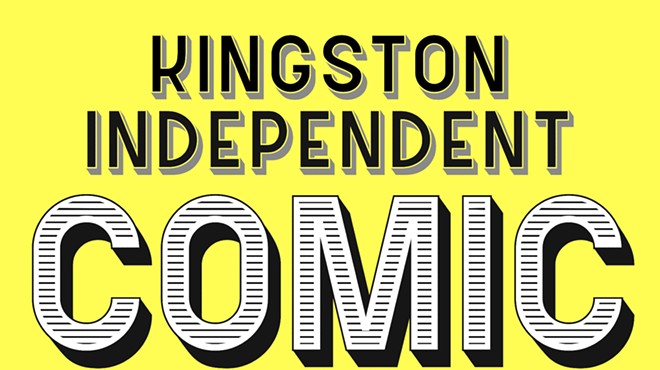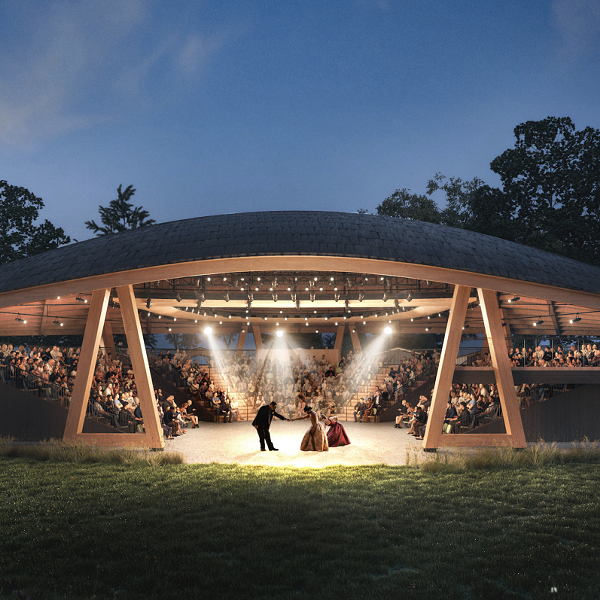When General Electric began making cuts to its Schenectady plant, it looked like it was lights out for the once-bustling company town, but these days, there’s a new electricity in the air—and it’s not coming from the old plant on the Mohawk River.
In the last decade, the city has experienced a full-scale renaissance. Thanks to the cooperative efforts of a number of different organizations, Schenectady has transformed itself from a bombed-out industrial shell into an attractive and lively destination for arts and culture.
“Schenectady hit rock bottom about 12 years ago, and since then it’s been pulling itself up by its bootstraps,” says Philip Morris, CEO of Proctor’s Theater in downtown Schenectady.
“Ten years ago, I would [have said that] Schenectady was in a state of shock,” says Joseph Tardi, a member of the 440 Board, a Schenectady organization dedicated to building an arts scene downtown. “After so many years of having GE as a principal, they were now trying to find a direction. Ten years later, even GE is coming back.”
“I don’t think the problem we had was so much different from [that of] other cities. I just think that we worked cooperatively, in a focused manner, and that was the key to making it work,” says Gail Kehn, vice president of visitor services for the Schenectady County Chamber of Commerce. She pauses for a moment before chuckling and adding, “Not that it was easy.”
The trouble all started when the city’s major employers began moving out of the area, says Kehn. General Electric, which employed 40,000 workers, gradually cut its workforce to 4,500, and in 1969 another major employer, the American Locomotive Company, closed its doors for good. People began to drift out of the community and, as a result, surviving businesses lost customers. Soon, the once-vibrant electric city was in a full blackout; storefronts were boarded up, streets were in disrepair, and crime rates soared. And it stayed that way—for a long time.
Today, State Street has become a bustling arts and entertainment district, with the Proctor’s and Bow-Tie Cinemas serving as lynchpins for the 10-block downtown area. The two theaters attract huge crowds, and those visitors spend money at other local establishments, including restaurants, artists’ studios, gallery spaces, and performing arts venues.
“Those dollars filter into a lot of different pockets,” says Tardi.
“You’d think that sports is bigger business, but we have seen statistics that show that the arts generates more commerce than sports activities,” says Miki Conn, executive director for the Hamilton Hill Arts Center and a member of the 440 Board since 1999. “These audiences head downtown for a show and end up eating out, or they go to see a movie and end up shopping at the bookstore or bead store nearby.”
Nancy Niefield owns Two Spruce Pottery on Jay Street, and has seen a definite change in the area since she opened her shop in 1988. She points to the lunch crowd from new employers like MVP and the Department of Transportation, but she says that there’s also a weekend crowd from the more distant suburbs. More importantly, these new visitors aren’t just coming for a Broadway show; they’re coming for the day.
“People are coming to make an afternoon out of it, to have lunch, and to shop,” Niefield says. “It’s much more of a destination than it ever was before.”
The theater and the other small venues the theater helped support paved the way for a thriving commercial district. But art-and-commerce is a notoriously tricky pairing—hard to bring together, and even harder to keep together, so how did leaders make it work in Schenectady?
Many people point to an early tribe of arts-minded businessmen who took the reins of Proctor’s Theater in 1988. Headed by then-chairman of the theater Harry Apkarian, this group immediately recognized the important role arts could play in breathing new life into the derelict downtown. “We knew the arts would be a great way to get people downtown,” he says.
When Apkarian came on board, Proctor’s was facing foreclosure: “It was flat on its back financially,” he says. The seasoned entrepreneur, who is now chairman and CEO of TransTech Systems, Inc., set about rebuilding the theater and, in so doing, rebuilt the neighborhood. “Proctor’s gave people hope. When Proctor’s came back, people saw a light at the end of the tunnel. They saw people coming back.”
















